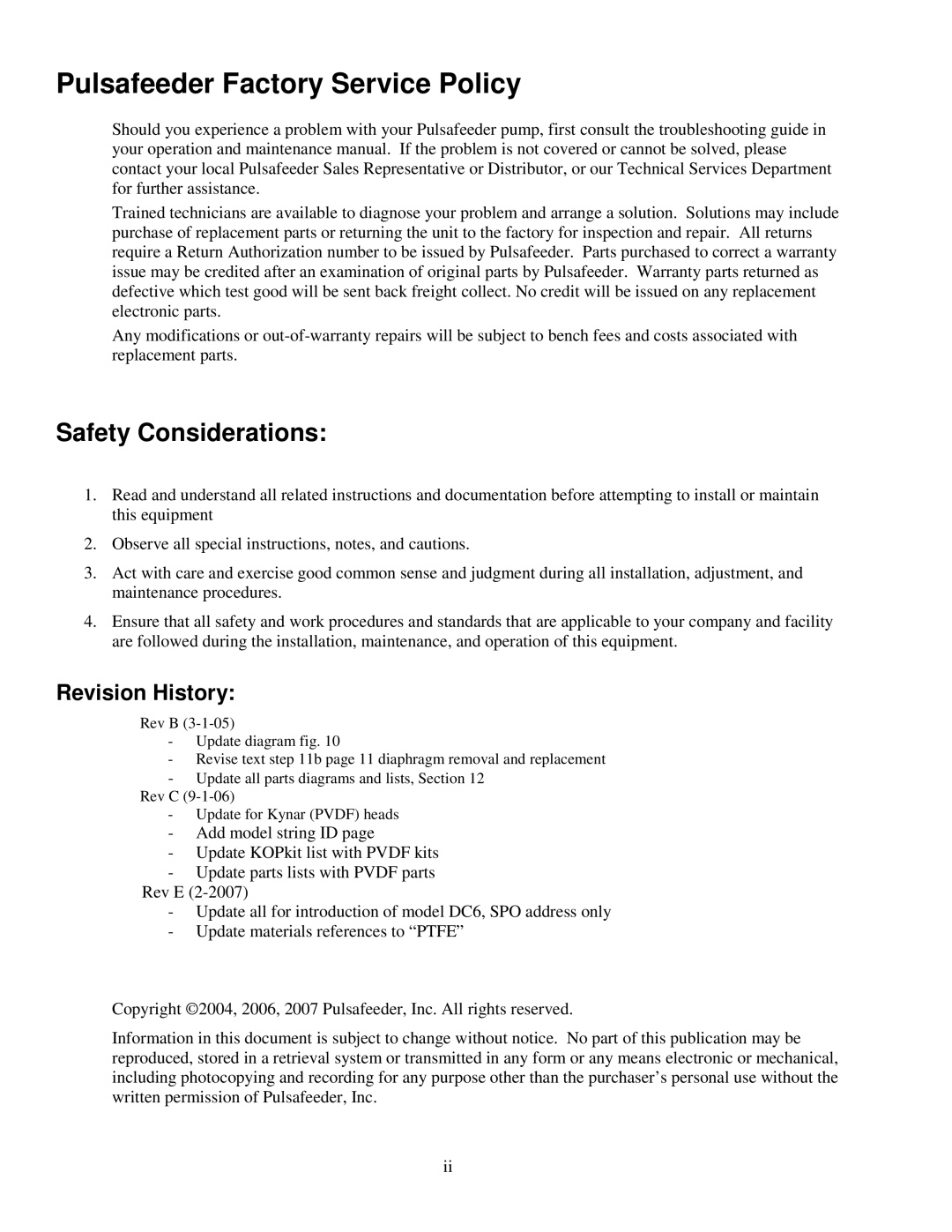DC5, DC6, DC3, DC4, DC2 specifications
Honeywell has long been a leader in the development of advanced technological solutions across various industries, and its line of DC models—DC2, DC3, DC4, DC5, and DC6—showcases that commitment to innovation. These devices are designed to enhance efficiency, safety, and connectivity across diverse applications, primarily in the realms of industrial automation, aerospace, and building management systems.The Honeywell DC2 unit stands out with its compact design, making it ideal for environments where space is limited. It features a rugged build quality that can withstand harsh conditions, and it is equipped with advanced sensing technologies. This model is often preferred for its ease of integration with existing systems, allowing users to leverage advanced analytics capabilities without significant infrastructure changes.
The DC3 takes connectivity a step further, providing enhanced networking capabilities that facilitate real-time data monitoring and control. Its user-friendly interface allows operators to interact effortlessly with the system, ensuring that critical information is easily accessible. This model is particularly valued in manufacturing environments for its support of IoT technologies, enabling smart factory transformations.
Building upon these features, the DC4 model introduces machine learning algorithms that predict maintenance needs, thereby minimizing downtime and maximizing productivity. This proactive approach to maintenance is essential in today’s fast-paced industrial landscape. The DC4 is ideally suited for logistics and supply chain applications, where every second counts, and operational efficiency is paramount.
The DC5 model features advanced cybersecurity measures to protect sensitive data against evolving threats. With end-to-end encryption and secure access protocols, users can be assured that their operations remain safe from cyberattacks. This is particularly vital for industries that handle critical infrastructure, where breaches could lead to catastrophic consequences.
Lastly, the DC6 model epitomizes versatility with its multi-functionality. It supports various applications, from environmental monitoring in smart buildings to advanced control systems in aerospace. Its ability to seamlessly adapt to different environments and use cases positions it as a go-to solution for enterprises aiming for digital transformation.
In summary, Honeywell’s DC series models—DC2, DC3, DC4, DC5, and DC6—each brings unique features and cutting-edge technologies. They offer powerful tools for enhancing operational efficiency, safety, and connectivity across a multitude of industries. Whether through compact design, enhanced connectivity, predictive maintenance capabilities, robust cybersecurity measures, or versatile applications, these models underscore Honeywell's commitment to driving innovation and excellence in industrial solutions.
